Weekly Reader: Celebrating Hanukkah with Yiddish
What do we celebrate when we celebrate Hanukkah? The answer isn’t always clear. Is it about the victory of the Hasmoneans over their Seleucid enemies? The victory of religious nationalism over Hellenization and assimilation? Or is the historical pretext beside the point? For many of us, Hanukkah may just be a great wintertime holiday, filled with family, friends, greasy food, and a little warmth and light in the coldest and darkest part of the year. No matter how—and for whatever reason—you choose to celebrate Hanukkah, here are some resources to bring a little Yiddish into it as well.
—Ezra Glinter, Senior Staff Writer and Editor
Sing a Song...
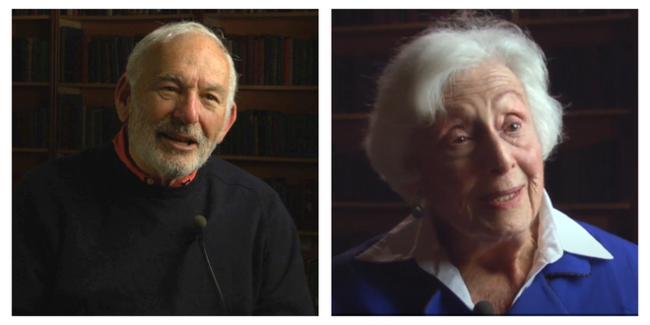
As common to all of our Hanukkah experiences as the food—oh, the food!—are the songs. Whether you learned them in school, from your family, or heard them at a party, Hanukkah’s musical numbers are as much a part of the holiday flavor as the latkes. But it’s always possible to learn a few more! In these oral history interviews, Lola Kipnis Ladin, a Montreal-born Yiddish speaker, sings a song she learned from her family, and Alvin Becker, a retired veterinarian, shares his own favorite Yiddish song.
And Sing It Loud!
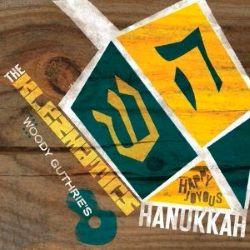
Speaking of Hanukkah songs, did you know that folk singer Woody Guthrie wrote an entire collection of them? He did (possibly thanks to the influence of his mother-in-law, Yiddish poet Aliza Greenblatt), and in 2006 they were recorded by The Klezmatics on their album Woody Guthrie’s Happy Joyous Hanukkah. On this episode of The Shmooze podcast, band member Frank London explains the background of this unique project and collection.
Listen to a podcast episode with Frank London
Historical Record
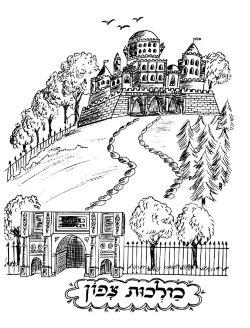
Our main historical sources for the events of the Maccabean revolt are the Books of the Maccabees, which are apocryphal in Jewish tradition but are included in some Christian versions of the Bible. The other source is Josephus, who includes the story at the beginning of his history The Jewish War. That book was originally written in Hebrew or Aramaic, although only a Greek translation survived. But if your Greek is a bit rusty, don’t worry—it’s also available in Yiddish, in a version translated by Z. Kalmamovitsh and published in Vilna in 1931. And if you want to learn how the event was understood in early rabbinic Judaism, this collection of sources, which includes the Jerusalem Talmud and Midrash, was assembled by Uri Shwartz and published in Brooklyn in 1977. It even has pictures!
Heroic Tales
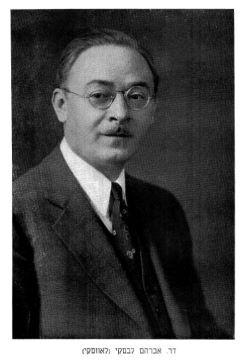
If you’re familiar with Yiddish pulp fiction of the early twentieth century, you know that Jewish history—real or imagined—was a favorite theme. The story of Hanukkah, naturally, provided a lot of useful material. Here’s one example: The Hasmonean Heroes or the Maccabees: A Historical Novel from the Times of the Second Temple. This utter doorstop of a story was written by Avrom Lavsky and published in New York in 1941.
Yiddish Party
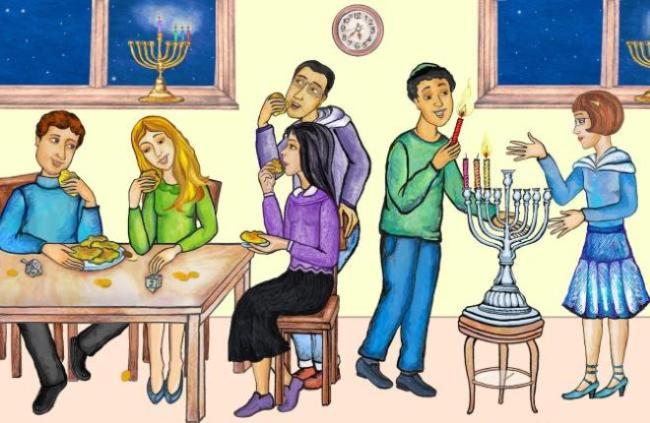
Do you want to bring a little Yiddish conversation to your Hanukkah party? We’ve got you covered. This online worksheet runs through a series of questions and exercises based on a Khanike simkhe. Go ahead—give it a shot!
